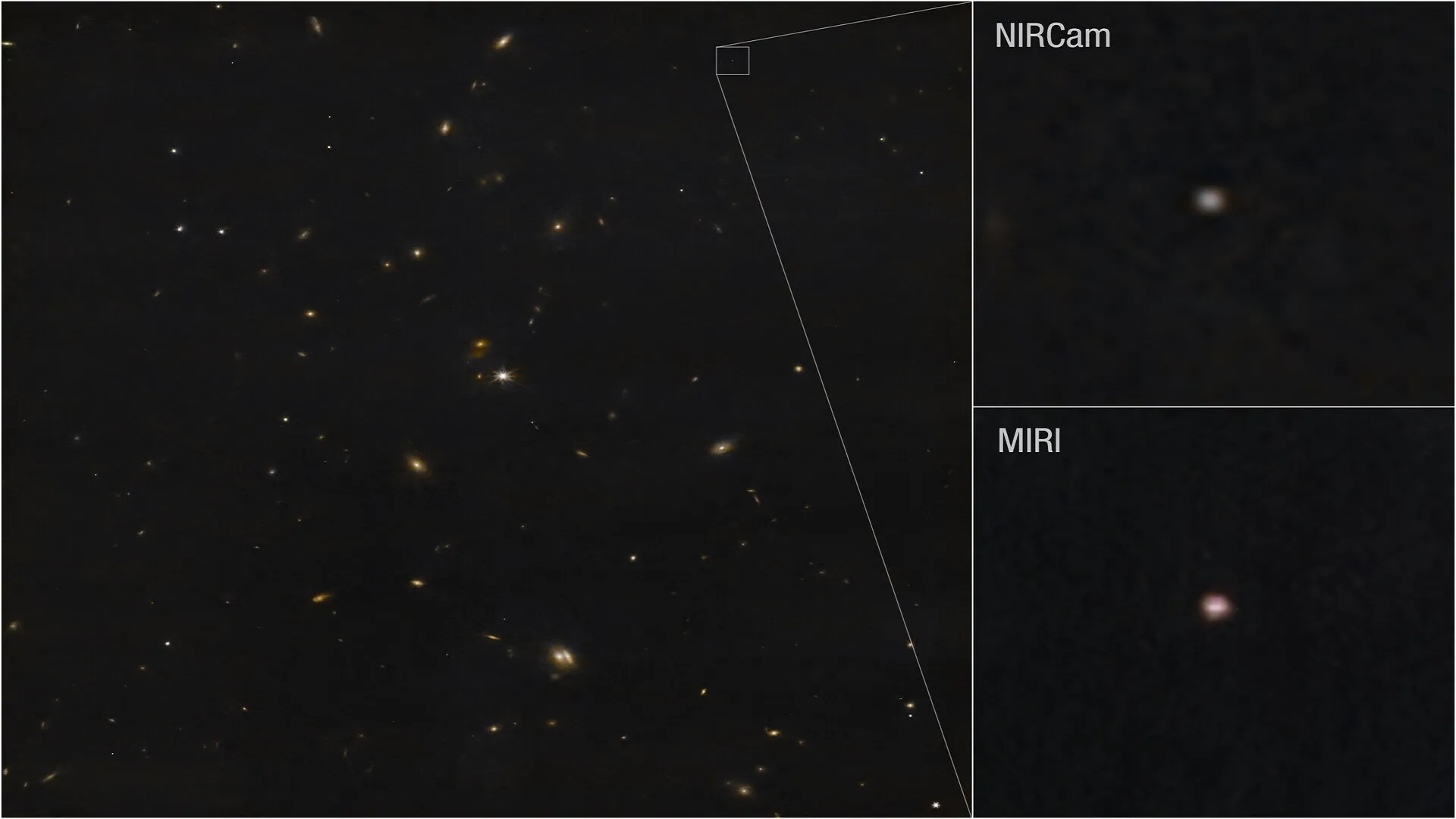Webb Telescope Captures Stunning Images of Formerly Hazardous Asteroid
NASA’s James Webb Space Telescope has captured breathtaking new images of asteroid 2024 YR4, once considered the most significant threat to Earth.
Earlier this year, the asteroid briefly topped the planetary defense watchlist after initial calculations suggested a 3% chance of impact with Earth in 2032.
Although the risk to Earth has since been eliminated, scientists say there remains a small possibility that the space rock— which crosses our planet’s path every four years— could collide with the Moon within the next decade.
From Major Threat to Zero Risk
Asteroid 2024 YR4 first gained attention after appearing on NASA’s Sentry Impact Risk Table, which tracks asteroids with a non-zero probability of hitting Earth.
For a time, it was the only one among 37,000 known large space rocks with any realistic chance of impact, with its probability peaking at 3.1%.
However, refined observations in late February ruled out an Earth collision, bringing the risk down to virtually zero.
Webb’s Observations Confirm Size
NASA and the European Space Agency have now released Webb’s images of the asteroid, which appears as a faint, distant speck.
Webb has confirmed that the asteroid measures between 174 and 220 feet (53–67 meters) across—comparable to a 10-story building.
Previous size estimates based on ground-based telescopes ranged from 131 to 295 feet (40–90 meters), but Webb’s infrared capabilities have provided a more precise measurement.
This makes 2024 YR4 the smallest asteroid ever observed by the world’s most powerful space telescope.
While the asteroid will soon drift beyond the reach of ground-based telescopes, Webb is scheduled to observe it again in late April or early May.
Johns Hopkins University astronomer Andrew Rivkin, who contributed to the observations, emphasized the significance of this study:
“This gives us a window to understand what other objects the size of 2024 YR4 are like, including the next one that might be heading our way.”
A Valuable Target for Planetary Defense
Although Earth is safe from 2024 YR4, NASA’s Center for Near-Earth Object Studies has slightly raised the asteroid’s chances of impacting the Moon on December 22, 2032, from 1.7% in February to 3.8%.
Even if a collision occurs, NASA assures that it would not affect the Moon’s orbit around Earth.
The asteroid was first detected on December 27, 2024, by the NASA-funded ATLAS survey in Chile and reported to the Minor Planet Center.
Despite the diminished risk, astronomers remain eager to study 2024 YR4. Alongside Apophis—another once-concerning asteroid—this space rock offers a valuable opportunity to advance planetary defense efforts.



